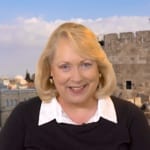 By Christine Darg
By Christine Darg
Jerusalem Channel
Sometimes a book is like a drink of cold water in the desert, and so this week I want to review a long-awaited book, “The Master’s Plan, The Messianic Rapture” by Leopoldo Amaya, subtitled a “Reference and Study Guide of the Hebrew and Greek Roots.”
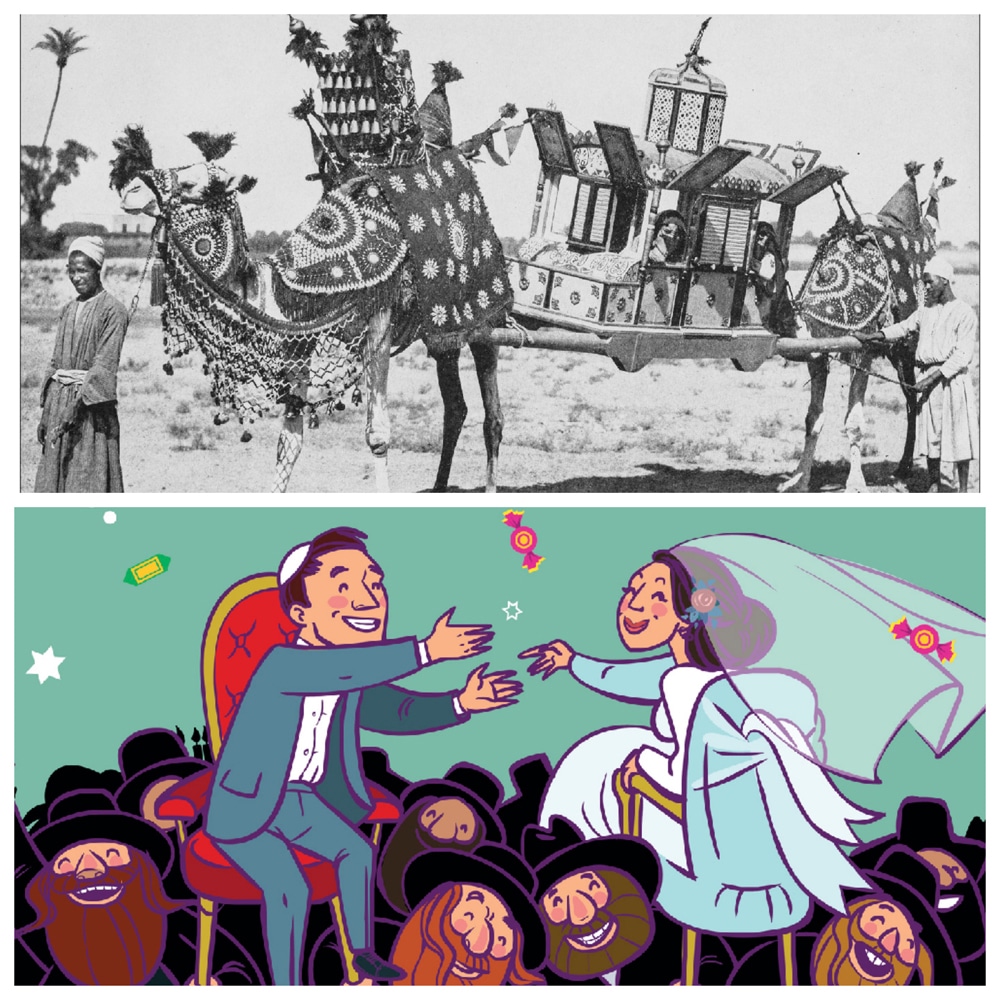
iStock photos
On page 107, Amaya wrote, “The word Nisuin [Jewish wedding ceremony] means ‘to lift up’ or carry. Lifting up the bride is an ancient wedding custom of carrying the bride to the ceremony in a carriage lifted up by the poles. Although seldom done today, the ceremony bears the name. The Chuppah [wedding canopy] is not only related to the bridal chamber, it is also ‘lifted’ by poles like the ancient carriage. The custom of lifting the bride and now the groom in chairs is rooted in the processional. The last part is Yichad-Seclusion. After the wedding ceremony the bride and [bride]groom now retreat to a private room. . . .This is a time of togetherness before the great feast that awaits them. The bride and [bride]groom are together for seven days and not apart for seven days. Yeshua used the word ‘receive’ (#3880-paralambano) in Yochanan {John) 14:3 to comfort his disciple. This is classic wedding language terms found in the Nisuin….the Hebrew root #5375 which means to lift, accept, carry (away), desire, fetch, forgive, marry (another wedding term), idiomatically to receive, take (away, up).”
Suddenly, it clicked that whenever we see a bride lifted and carried in an ancient wedding procession, or the bride and bridegroom lifted up in chairs at a Jewish wedding, this is a picture of the lifting up and catching away of the Bride of Messiah in the Great Snatch (rapture)!
If you, like me, love the doctrine of the translation (rapture) of the saints, which the Apostle Paul said is our “blessed hope,” you will be refreshed by this study book because it doesn’t focus on the usual arguments of a pre-Tribulation, mid-Tribulation or post-Tribulation rapture. Instead, it focuses on the idioms that Yeshua himself used–the typology of Mideastern weddings. A Jewish believer who greatly appreciated the Hebraic foundations of the New Testament, the late Leopoldo Amaya spent many years in study putting together this treasury of devotionals based upon words in both testaments having to do with the doctrine of the sudden vanishing of believers before God’s End-time wrath is outpoured.
Amaya focused upon the Messiah as the Bridegroom and believers as the Bride, which he believed are the keys to understanding the glorious event and biblical doctrine. This view, Amaya claimed, “is the basis for the Messianic Rapture taught by the Messiah himself in Yochanan (John) 14: 1-3,
“Let not your heart be troubled; you believe in God, believe also in me. In my Father’s house are many mansions (abode): if it were not so, I would have told you. I go to prepare a place for you. And if I go and prepare a place for you, I will come again, and receive you to myself, that where I am, there you may be also.”
The Messiah taught his disciples the typical Jewish wedding custom of the Bridegroom returning for his awaiting bride, just as Messiah will return for those who are eagerly anticipating his imminent return. In the Jewish Marriage custom, there are no intervals of pre, mid or post but rather there are scriptures with the time frame of a week. The classic week is found in the marriage to Jacob and Rachel in Genesis 29, where Rachel’s father asks Jacob “to fulfil her week,” which in Bible prophecy is code language for seven years. One complete week– not separated by “mid-trib” (three and a half years) or “post-trib,” seven years at the end of the Great Tribulation, because the Messiah promised, “If it were not so, I would have told you.” Amaya contends that Yeshua would not have referenced the Jewish wedding custom if he did not mean what he said.
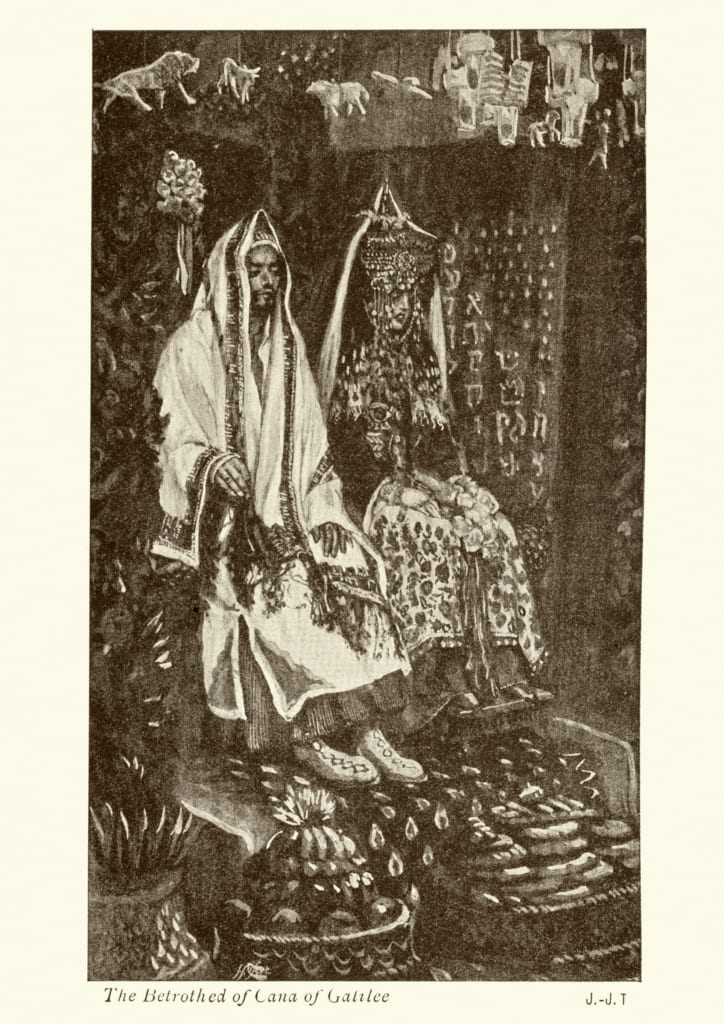
Vintage engraving of Betrothed of Cana of Galilee by James Tissot
The Bridegroom (Matthew 25: 6) is the one who rescues, takes out and even promises believers a vanishing experience (Luke 21:36), and Amaya gives us expansive word studies on the Hebrew and Greek verbs behind these promised actions.
Amaya insists that the doctrine of the Messianic Rapture is deeply established in the Torah, in the Original Covenant (Old Testament), and he wrote that it is “not a theory or a promotion by the Christian Dispensationalist Church Fathers.” Rather, he maintains, the Jewish Wedding love story, (as told by Zolah Levitt), is key to understanding the Messianic Bridegroom Rapture. He refutes the pre-, mid- or post-Tribulational views by insisting on the covert glorious appearing of the Bridegroom coming for his waiting Bride and uses some examples from the Torah that I have heretofore not encountered. A very refreshing and enlightening read!
For example, many persons who have railed against the rapture have implied that it is somehow a false, contrived doctrine. Amaya went to great lengths to discuss, for example, the meaning of the Hebrew word “cloud” (“anan”) which has an aspect in its definition of a covert operation–Paul as a Hebrew scholar prophesied that we will be caught up in the clouds, a covert operation for sure. Many scholars cannot envision the Second Coming in stages, such as a pre-Tribulation Rapture followed by the Lord’s Second Coming, when Yeshua will put his feet on the Mt. of Olives, seven years later. These scholars do not remember events in the Bible’s past that are types and shadows of the Messianic Rapture. However, Amaya pointed out that many times the LORD descended to earth. His glory cloud descended, for example, many times among the children of Israel. The Lord descended at least twice in the life of the Apostle Paul to speak with him. After the Lord’s resurrection, tombs were opened and many saints came out and appeared to many. When scholars say that the Lord cannot first descend with a shout to open graves and to remove the living believers, they are limiting God, and they are forgetting what God has already done in the past!
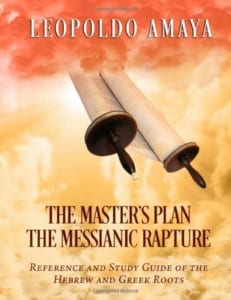
“The Master’s Plan: The Messianic Rapture” is a detailed academic study of the Hebrew and Greek root words used in both the Torah and the HaB’rit HaChadeshah (New Testament) that establish the idea of the catching away of the righteous (i.e. Rapture) as a concept DEEPLY ROOTED in Hebrew thought, and NOT a 19th Century invention, as is popularly but erroneously taught. Leopoldo Amaya invested over 20 years of scholarship and research into this historic work. Available at Amazon.com
May the memory of Leopoldo Amaya be blessed in his scholarship.
Available at Amazon.com

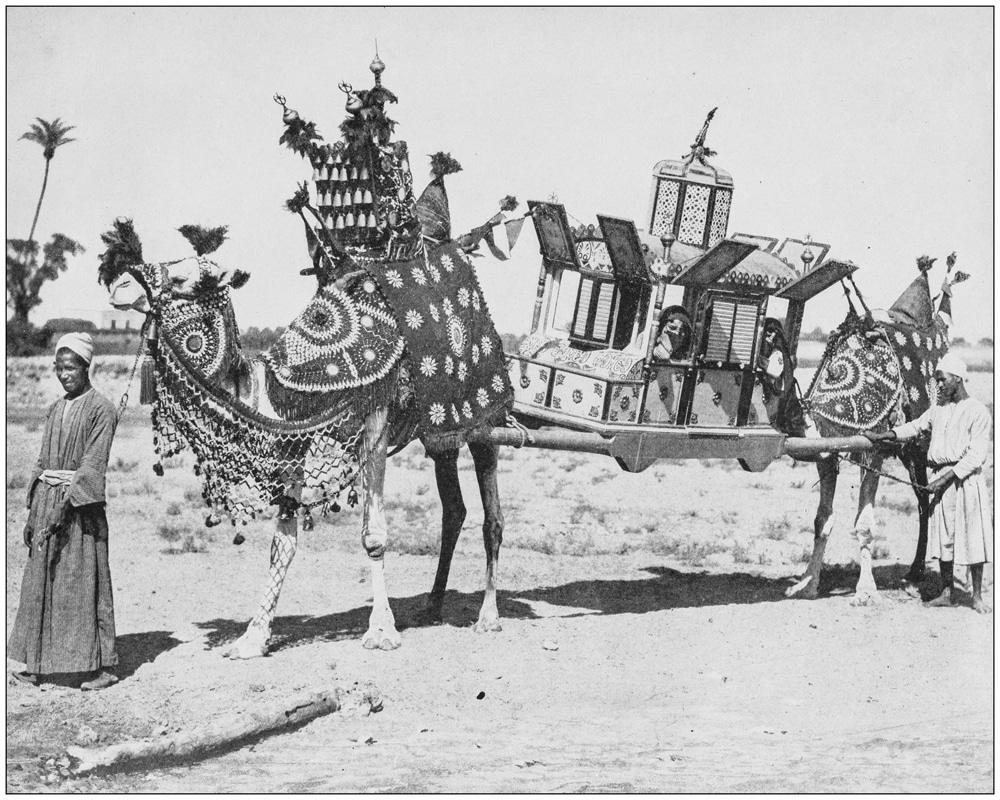



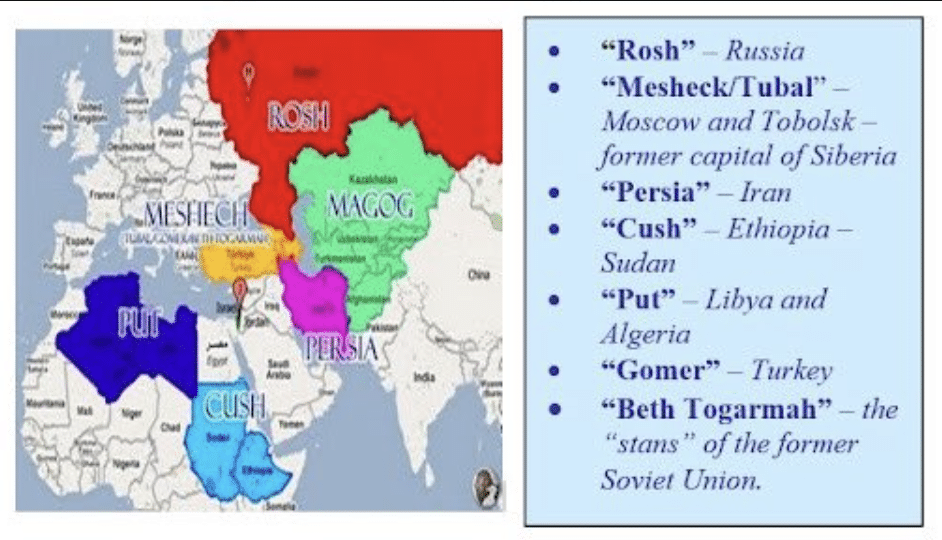

How wonderful this sounds! We can only guess at how you are enjoying this long awaited book dear Christine. I look forward to getting a copy. Thanks for the tasters.
Cannot wait to dive into this amazing research and study of Messiah’s promise to return for His bride, thank you so much for bringing it to our attention! Oft repeated but so true – “for such a time as this”, SMB
I was brought uo and taught about the Groom coming for His bride. This illustration makes it more intriguing, clearer and exciting. I love illustrations. Going to read this article a few more times..I must say when I was much younger I found it amusing that even men were included as “The bride”
Oh I just love this, going to get a copy of this wonderful book.
Thank you dear Christine, your insights and revelatory knowledge are a great blessing.
Be high and lifted up!!